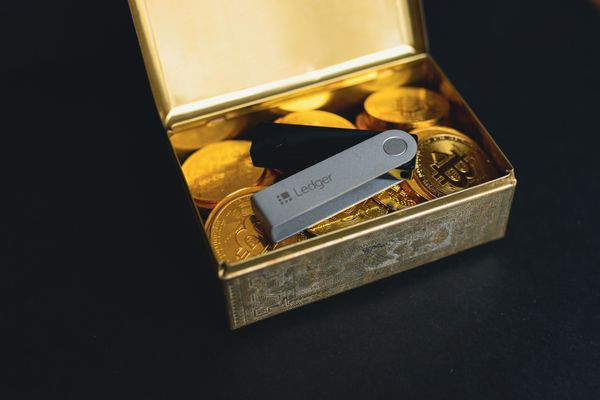Smart lenses help diabetics by analyzing glucose levels in tears

Korean researchers have come up with an innovative, non-invasive wearable that could in the future help millions of patients struggling with diabetes: transparent smart lenses that monitor glucose levels in blood in real time, without physically hurting the patient and while allowing clear vision.
This is an extraordinary medical innovation, as patients with type 1 diabetes will no longer need daily blood tests to monitor glucose levels. The smart lenses come with a LED light that turns off when levels are beyond normal limits, all based on tear fluid analysis.
The lenses are made up of glucose sensor, LED pixel, rectifier circuit and a stretchable, transparent antenna.
After connecting to an app, the smart lenses will regularly track patients’ health condition and possibly come up with diagnostics.
“We report an unconventional approach for the fabrication of a soft, smart contact lens in which glucose sensors, wireless power transfer circuits and display pixels to visualize sensing signals in real time are fully integrated using transparent and stretchable nanostructures,” reads the report. “The integration of this display into the smart lens eliminates the need for additional, bulky measurement equipment.”
Although this is not the first attempt to create lenses for medical purposes, it is an improved version that does not cause irritation or impede sight. The lenses have been tested on live rabbits and, following positive feedback, official release for consumers is expected in five years.
The IoT landscape offers tremendous opportunities for medical wearables thanks to the low price and accessibility of sensors. The Internet of Medical Things (IoMT), as it has been dubbed, aims to bring to market solutions that will improve tracking and diagnosis of patients, and reduce the cost of healthcare.
According to a report by Allied Market Research, the IoT healthcare market is forecast to grow to $136.8 billion by 2021. Currently, 3.7 million devices are used to monitor medical conditions based on heart rate, exercise or blood sugar. The data collected is used to help doctors deliver better diagnostics and treatment plans, provide faster care and eliminate human error and forgery.
Medical wearables can’t replace doctors or hospitals, but they can help optimize the process by making it faster and more accurate when in doubt.
tags
Author
After having addressed topics such as NFC, startups, and tech innovation, she has now shifted focus to internet security, with a keen interest in smart homes and IoT threats.
View all postsRight now Top posts
Start Cyber Resilience and Don’t Be an April Fool This Spring and Beyond
April 01, 2024
Spam trends of the week: Cybercrooks phish for QuickBooks, American Express and banking accounts
November 28, 2023
FOLLOW US ON SOCIAL MEDIA
You might also like
Bookmarks








